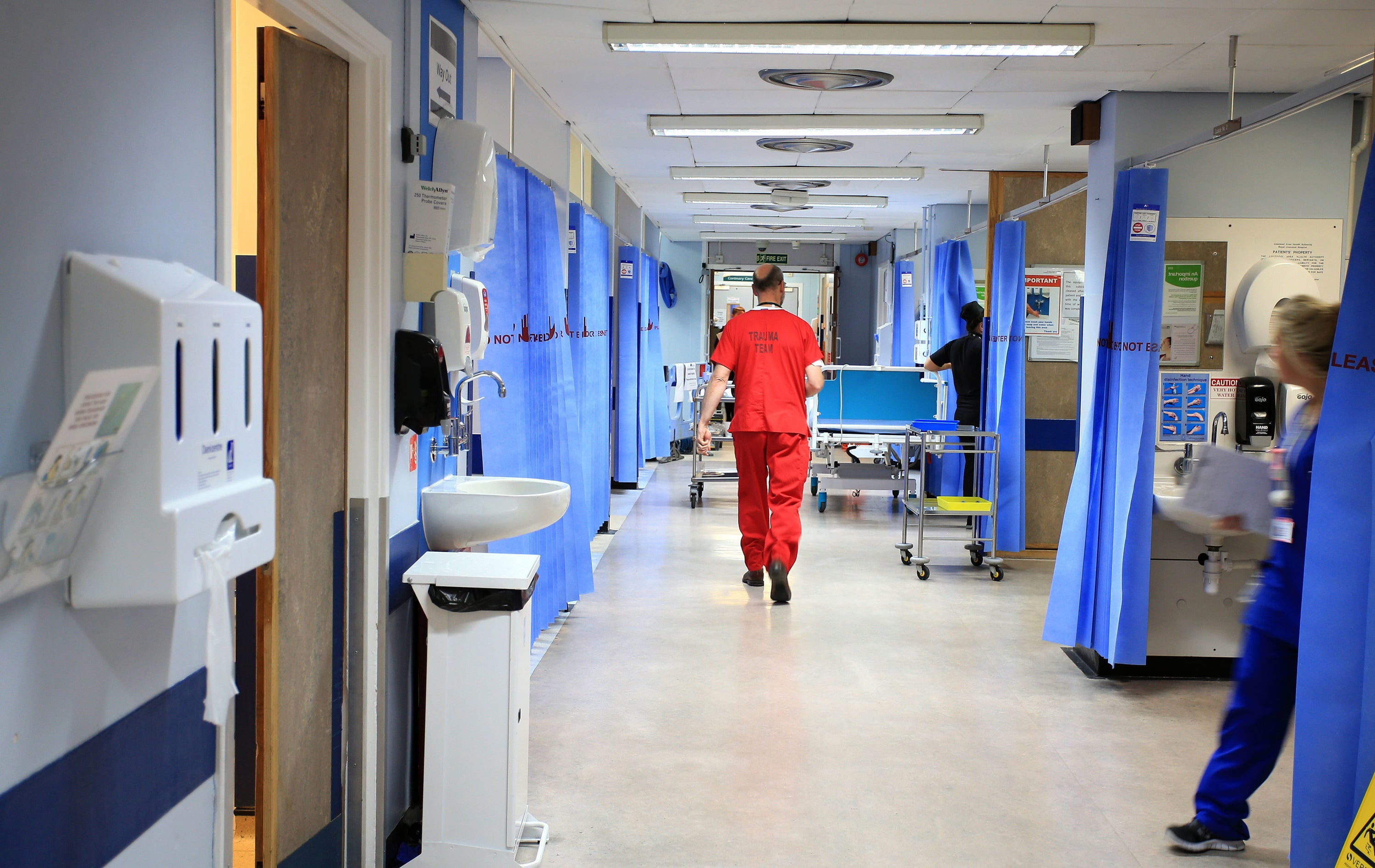Children’s NHS waiting lists must be a priority, not an afterthought
Editorial: The country’s top children’s doctor has issued a stark warning about young patients being left behind by the NHS. It’s time for politicians to act

If the National Health Service is turning a corner – and it is a big “if” – then children should be the first to benefit. Instead, while waiting lists for adults have started to fall in England, those for children are still rising.
“If a child is waiting 52 weeks for treatment and they’re three years old, 52 weeks is a third of their life. I think it’s a disgrace,” Dr Camilla Kingdon, the outgoing president of the Royal College of Paediatrics and Child Health, told The Independent. “Children have to be prioritised in a way they haven’t been.”
The prime minister should listen to her, and Sir Keir Starmer, who could be in 10 Downing Street by the end of the year, should do so too. There is “a lot of work to do”, she said, in drumming up the political will to cut waiting lists – and to reorder priorities within that drive for change.
The Independent first revealed warnings about the scale of children’s waiting lists in leaked documents last year. Rebecca Thomas, our health correspondent, has also led the British media in reporting on the crisis in children’s mental health care.
This misordering of priorities is happening during a wider crisis in the NHS, which suffered from years of spending constraint and misdirected so-called reform, followed by the disaster of coronavirus. Spending has since increased, and the numbers of doctors, nurses and ancillary staff have risen substantially, but it is going to take years and possibly a decade to restore the NHS to the state it should be in.
The conventional view of the New Labour period, when such a reconstruction was last achieved, is that focusing on a few of the right targets will raise standards across the NHS, including in areas that are not targeted. In this view, a simple target of reducing overall waiting times should benefit adult and child patients alike.
Indeed, it may be that the disparity between the adult and children’s waiting lists is a temporary feature of slow improvement in the vast, complex organisation that is the National Health Service. But it would be better if we understood the reasons for the continuing rise in the number of children waiting for treatment.
Sir Michael Barber, head of the delivery unit under Tony Blair that did so much to improve the NHS in the first decade of this century, was always quick to spot trends in figures that were moving in the wrong direction and to ask questions. Is it caused by a rise in children’s mental health problems? Is it that many adult illnesses are easier to treat? We need to know, so that if there are specific reasons for the disparity, they can be addressed.
This requires sustained political leadership. Victoria Atkins has made a promising start as health secretary since her appointment in November, but the lack of continuity at the Department of Health has been dispiriting.
Another aspect of Dr Kingdon’s valedictory interview is her emphasis on child poverty, setting the problem of NHS waiting times in the wider social context. “I can’t describe to you the number of conversations I have with families about their housing,” she told The Independent. “It reflects the difficulties we’ve got in being able to discharge a baby safely home. A lot of the babies have had very severe lung disease, and that’s about inadequate ventilation in the homes; damp and mould on the walls.”
As we approach an election that resembles a Dutch auction, in which the Conservatives cut taxes and promise further tax cuts while Labour promises to match them, we voters should be more demanding of our representatives and would-be representatives. How will they mobilise the resources of a rich country to restore the NHS – and in doing so, will they prioritise children’s health?



Join our commenting forum
Join thought-provoking conversations, follow other Independent readers and see their replies
0Comments